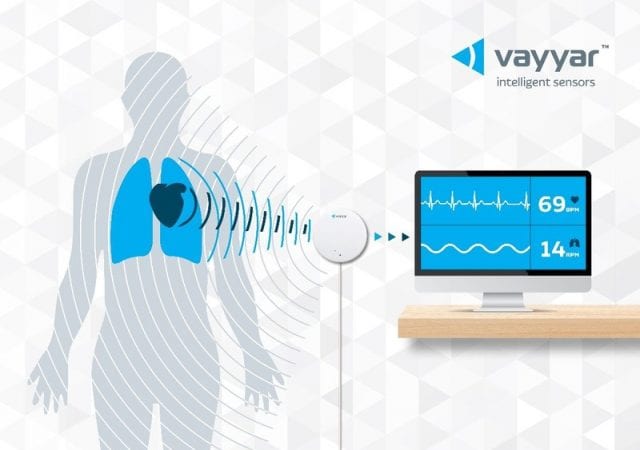While the market for data-center switches is experiencing both positive and negative impacts from the coronavirus crisis, the net effect of the pandemic will be a 3 to 4 percent reduction in revenue and ports during the first half of 2020 compared to previous expectations.
MEMS
Windows Will Soon Generate Electricity, Following Solar Cell Breakthrough
Semi-transparent solar cells that can be incorporated into window glass are a “game-changer” that could transform architecture, urban planning and electricity generation, Australian scientists say in a paper in Nano Energy. The researchers – led by Professor Jacek Jasieniak from the ARC Centre of Excellence in Exciton Science (Exciton Science) and Monash University – have succeeded in producing next-gen perovskite solar cells that generate electricity while allowing light to pass through.…
IDC Forecasts a Drop in IT Spending in Nearly Every Industry in 2020 Due to COVID-19
International Data Corporation (IDC) currently forecasts worldwide IT spending to decline 2.7% this year due to the economic impact of the COVID-19 pandemic. While every industry will be affected by the global slowdown, some will reduce their IT spending more than others. In the first of several special releases to the Worldwide ICT Spending Guide: Industry and Company Size, IDC provides an industry-level assessment of how COVID-19 will impact IT spending.
Tektronix Adds Industry-First Technology Which Eliminates Pulse Tuning in New All-In-One 2601B-PULSE System SourceMeter
Tektronix, Inc. today announced the new 2601B-PULSE System SourceMeter® 10μs Pulser/SMU Instrument, integrating a high-speed current pulser with DC source and measurement functions in one instrument.

Intel Commits $50M with Pandemic Response Initiative to Combat Coronavirus
Today, Intel is pledging an additional $50 million in a pandemic response technology initiative to combat the coronavirus through accelerating access to technology at the point of patient care, speeding scientific research and ensuring access to online learning for students.
Revenue Management Challenges Cost High Tech Companies Billions, According to New Model N Research
Model N, Inc. (NYSE: MODN), the leader in cloud revenue management solutions, today announced details of a new executive report, the “2020 State of Revenue,” created to examine revenue management trends in the high tech industry.

Israeli Government Partners With Vayyar to Introduce Life-saving Technology to Combat COVID-19
Vayyar’s intelligent sensors provide touchless, remote and confidential monitoring to detect and monitor vital signs that can indicate early-stage COVID-19 symptoms.
Light from Stretchable Sheets of Atoms for Quantum Technologies
The researchers say their results, using an atomically thin material, hexagonal boron nitride, constitute a significant step forward in understanding light-matter interactions of quantum systems in 2D materials, and the journey towards scalable on-chip devices for quantum technologies. The study is published in Advanced Materials.
Untwisting Plastics for Charging Internet-of-Things Devices
Untwisting chains of atoms within a plastic polymer improves its ability to conduct electricity, according to a report by researchers, led by Nagoya University applied physicist Hisaaki Tanaka, in the journal Science Advances. The insight could help accelerate the development of wearable power sources for a vast number of Internet-of-things devices.
Breaking the Size and Speed Limit of Modulators: The Workhorses of the Internet
Researchers developed and demonstrated for the first time a silicon-based electro-optical modulator that is smaller, as fast as and more efficient than state-of-the-art technologies. By adding indium tin oxide (ITO) – a transparent conductive oxide found in touchscreen displays and solar cells – to a silicon photonic chip platform, the researchers were able to create a compact device 1 micrometer in size and able to yield gigahertz-fast, or 1 billion times per second, signal modulation.